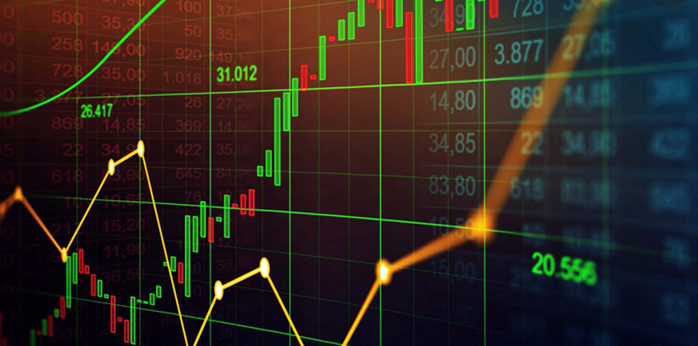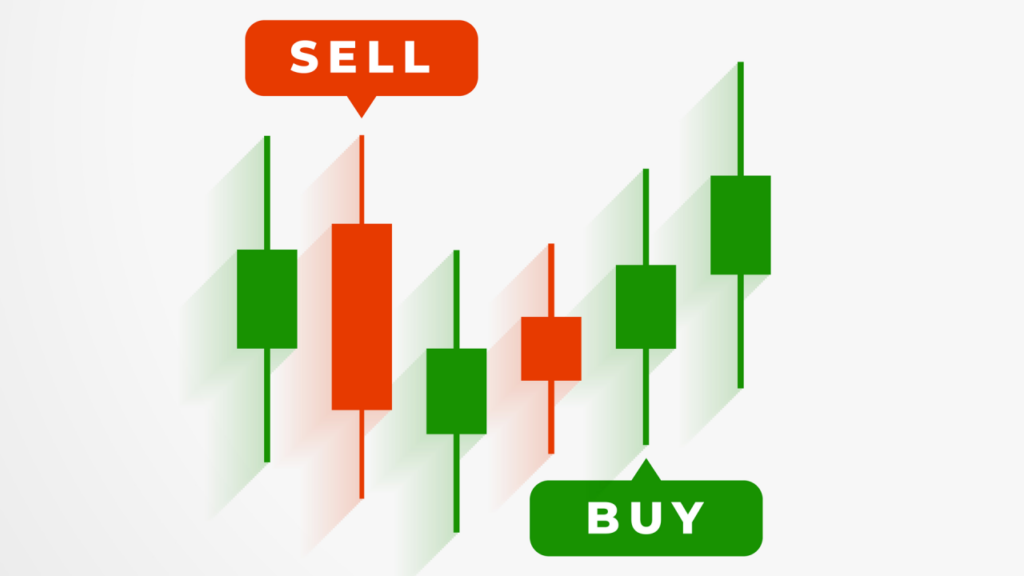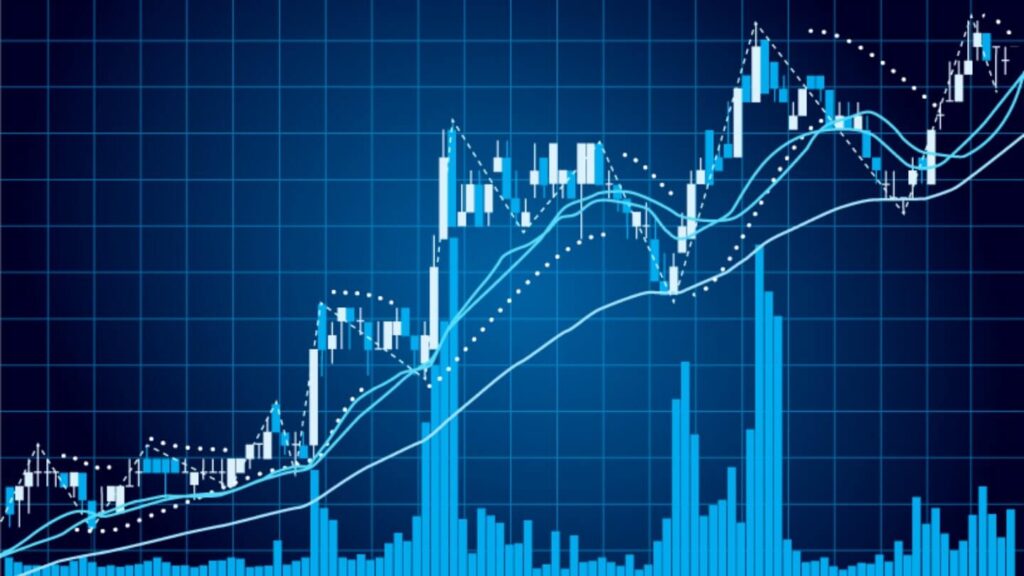One of the most important dilemmas that novice traders face when entering the forex market, is whether to trust trading signals or not. On the one hand, they are against the temptation of easy and hassle-free profit, and on the other hand, they feel the imminent danger of losing their capital.
In general, trading signals are nothing more than a series of trading ideas for a specific trading instrument (such as major forex currency pairs, crypto currencies, stock indices, commodities, etc.) and there is no guarantee that the signal prediction will occur.
Due to the extreme volatility of the forex market, trading signals or notifications must be sent to traders in a timely manner by forex signal providers. These signals can be sent to Forex traders through multiple channels such as email, SMS or push notifications. In some cases, signals are accessible directly on the trading platform by installing plugins.
In this article, we’ll take a closer look at how forex signals work, the types of signals traders can use, and how to choose the best forex signal providers.
How Forex signals work
Forex signals contain information such as entry and exit points for a particular currency pair that help traders make decisions based on the ideas the signal suggests.
When signal providers recognize the right time to buy or sell a particular currency pair, a trading signal is sent to them via the traders’ preferred communication channels.
The difference between using signal and copy trading
Trading signals can be considered a form of social trading. The difference is that by using signals, traders have the freedom to decide whether to act on trading ideas or not. But in copy trading, traders copy the trading activities of a successful trader directly into their own trading account. Copy trading is an automated process, meaning that when a top performing trader is selected, their active positions are automatically duplicated in users’ trading accounts.
The most important difference between copy trading and signal is that copy trading is offered by brokers and you are largely confident in the validity of your source. But in receiving the signal, the risk of falling into the trap of fraudsters is much higher.
In copy trading, all trades are copied into the user’s account. However, the user has the ability to edit the trade and make changes to it at any given moment.
One of the brokers that provides diverse options in addition to copy trading is MondFX. In the following, we will briefly mention the various social trading accounts in MondFX.
PAMM Accounts: These accounts revolutionize the way investors participate in financial markets. Whether you’re an experienced trader or a complete beginner, PAMM accounts offer a unique opportunity to leverage the expertise of professional traders without the need for in-depth knowledge of trading.
In this account, investors pool their funds into a single account. A skilled trader manages the account and executes trades on behalf of all participants. Ultimately, each investor’s share of profits or losses is determined based on their proportional contribution to the pool.
MAM Accounts: MAM accounts are designed for money managers who handle multiple trading accounts simultaneously. Managers have complete control, adjusting risk parameters, trade volumes, and leverage to meet the unique preferences of each client.
The difference between this account and a PAMM account is that all trades are executed in the trader’s own account, and followers have full visibility of all trade details. However, unlike copy trading accounts, the user cannot edit the trades.
For more information regarding social trading accounts, visit the MondFX website.

Is it legal to sell signals?
There have always been arguments that trading signals are merely investment advice from a signal provider to a signal receiver and therefore may not have a strong legal basis.
In order for trading signals to be considered investment advice regarding the purchase or sale of a particular trading instrument, they must be provided by a licensed and regulated financial services provider. Signals can be considered legal if the signal provider has the appropriate licenses for the jurisdiction of the trader’s country of residence.
However, there is another possibility. Trading signals may not be considered as investment advice and serve recipients for educational or informational purposes only. In this case, signal providers are required to mention this in a notice or disclaimer on their website.
There are also many cases of fraud in the forex trading space. This is especially true for Forex signal providers who offer such services for free. Scam signal providers are usually more focused on quickly increasing their number of subscribers than on their trading signals being truly accurate and beneficial to their recipients.
Consequently, forex traders should do very in-depth research on a signal provider before they decide to consider trading ideas and risk their hard-earned money based on those signals.
Types of signals
Forex signals are generally divided into the following three categories:
Free and paid forex signals
While in some cases free forex signals may be questionable in terms of validity and accuracy, there are also some reputable and reliable providers that offer free trading signals for a certain trial period. However, most valid and accurate trading signals require buying. Some signal providers may charge a one-time fee for their services, while others may use a subscription model to provide their services. If you are looking for a free educational resource to increase your knowledge about the forex market, Mohammad Ahangari Asl’s “Zero to Hero” Forex Training comprehensive course can be a good option.
This course will prepare you for the challenges of the financial market by fully covering topics from introductory to advanced. By learning professional trading strategies and risk management techniques, you can increase your chances of success in the competitive world of trading. To get more information and register for this training course, take action now and take a big step towards becoming a professional in Forex.
Trading entry and exit signals
Trading signals can be categorized into entry and exit signals depending on their level of detail. Some forex signal providers may only offer entry signals or offers to open a market position based on a specific entry price.
Some other forex signal providers may only provide exit signals or offers to close a related active position. Exit signals are usually given for longer durations and for trading instruments that have long-term volatility.
However, it should be noted that short-term trading signals usually include both entry and exit points.

Manual and automatic Forex signals
Manual trading signals are usually provided by a team of analysts or successful traders after conducting a detailed analysis of market price trends. Automated trading signals are generated by algorithms and computer software that analyze market conditions on behalf of human traders. However, due to their coded algorithm, automated trading signals may not have the flexibility to respond to price fluctuations caused by fundamental factors.
The difference between fundamental and technical signals
Fundamental signals
Fundamental analysis focuses on macroeconomic, political and social factors that may affect the valuation of different currencies. Analysts typically look for signs of one country’s superior economic performance relative to another, which could favor that country’s currency against another currency in a currency pair. Global trade flows, capital flows and monetary policies of central banks are key factors that usually affect the forex market in the long term.
On the other hand, short-term factors may include monthly changes in business conditions in the manufacturing, service, or construction sectors of an economy, changes in consumer sentiment, and changes in unemployment statistics.
Government bond yields also usually affect the forex market. Countries whose bond yields are rising will usually attract more international investors who will buy the local currency and, as a result, the value of that currency will increase due to higher demand. Whereas countries with highly accommodative monetary policies from central banks will usually depreciate over time.
Technical signals
Technical analysis focuses on the price performance of a particular currency pair and is based on the belief that the market moves towards forex trading patterns that repeat themselves over time. Therefore, detailed analysis of past performance using technical indicators along with short-term and long-term pattern recognition models and support and resistance levels allows analysts to predict future price movements.
Important points in choosing a signal provider
When choosing a forex trading signal, traders should consider the following criteria:
Choose between free or paid subscription signals
The first question is whether traders should choose a free forex signal service or look for a paid subscription service. Traders who trade with relatively little capital and risk may decide to use a free forex signal service. On the other hand, traders who trade with larger capital and are looking for a more reliable service may choose to subscribe to money signals. Paid signal providers often offer free trial periods, which allow traders to evaluate their services using a risk-free demo account.
Choose between manual or automatic signals
The second question is whether traders should use manual or automated signals. If traders prefer to trade the forex market during a particular trading session, they may want to consider the services of a signal provider that offers manual signals. Manual signals are prepared by human analysts and can be suitable for traders looking for more flexibility and control.
Choosing a communication channel to receive Forex signals
The third question is what communication channel to use to receive Forex signals. If traders prefer to receive signals via private messaging, forex signal providers that offer services automatically via social platforms may not be the right choice. Some signal providers send signals through different platforms such as Telegram, WhatsApp, email or SMS. Choosing a channel that is more convenient for the trader can be effective in increasing efficiency and productivity.

Distinguishing between Fundamental and Non-Fundamental Signals
A signal that is prepared in principle and is the result of market analysis includes certain characteristics.
Checking the connection of the signal with the trader:
The first step is for traders to check the relevance of the signal to themselves. One must ensure that the signal refers to the currency pair they are interested in, predicts the direction of the market (whether a buy or sell trade should be made) and also that the signal is “active” (since the signals are received instantaneously, traders should check the validity of the signal for the current trading session).
Determine entry price:
The second step is that the trading signal should specify a specific entry price, or state the minimum amount necessary to invest in the trade.
Determining the guaranteed loss limit:
The third step is that the trading signal should specify a guaranteed stop loss. This is the price level at which the trade is automatically closed if the market direction changes and in order to maintain the trader’s long-term profitability.
Determining the profit margin:
The fourth step is that the trading signal should specify a profit limit. This is the price level at which the trade is automatically closed if the market moves as expected and reaches the desired profit.
Last word
In the end, we must remind you that receiving a signal from any source, different from the type of signal and its content, does not guarantee your profit in the forex market.
A signal is only the opinion and analysis of a person or group regarding the state of the market, who at best only have more experience and knowledge of the market than you. Like any other trader, they make mistakes and suffer losses.
Before using any signal in the forex market, make sure you don’t fall into the trap of scammers.
Frequently asked questions
- What is a forex signal?
A forex signal is a trading proposal based on technical or fundamental analysis. These signals include information such as entry price, stop loss level and take profit level that help traders make their trading decisions.
- How do forex signals work?
Forex signals are generated based on various analyzes of the market. These analyzes can include technical analysis or fundamental analysis.
- Are forex signals free?
Yes, some forex signals are free, but these signals may be of lower quality and accuracy. Many quality signal providers charge a fee for their services. These paid services usually include more detailed analysis and better support.
- Are Forex signals always correct?
No forex signal can guarantee that it will always be correct. Signals are only predictions based on various analyzes and may be subject to market fluctuations and unexpected changes. It is important to match the signals with your analysis and follow proper risk management.



